Australia is home to two main types of viruses that can infect rabbits. The first type is the myxoma virus which causes the clinical condition ‘mxyomatosis’. The second type is the calicivirus (or Rabbit Haemorrhagic Disease Virus (RHDV)) group, which cause the clinical condition commonly known as ‘Rabbit Haemorrhagic Disease’.
Both virus types have been deliberately released into Australia as a control method for the wild rabbit population. Unfortunately, the viruses do not discriminate, and pet rabbits are also regularly infected.
This article covers the two main virus types and provides advice about how to best protect your rabbit.
Myxomatosis
Myxomatosis (infection with the Myxoma virus) is a highly contagious disease seen in rabbits. In Australia, wild rabbits act as a reservoir host for domestic rabbits. The seasonal prevalence for myxomatosis is generally over October to May however we do see occasional cases outside of these times.
Transmission is primarily by biting insects (mosquitoes, fleas, lice, mites and biting flies) however direct contact and aerosolisation of the virus particles are also potential methods of spread.
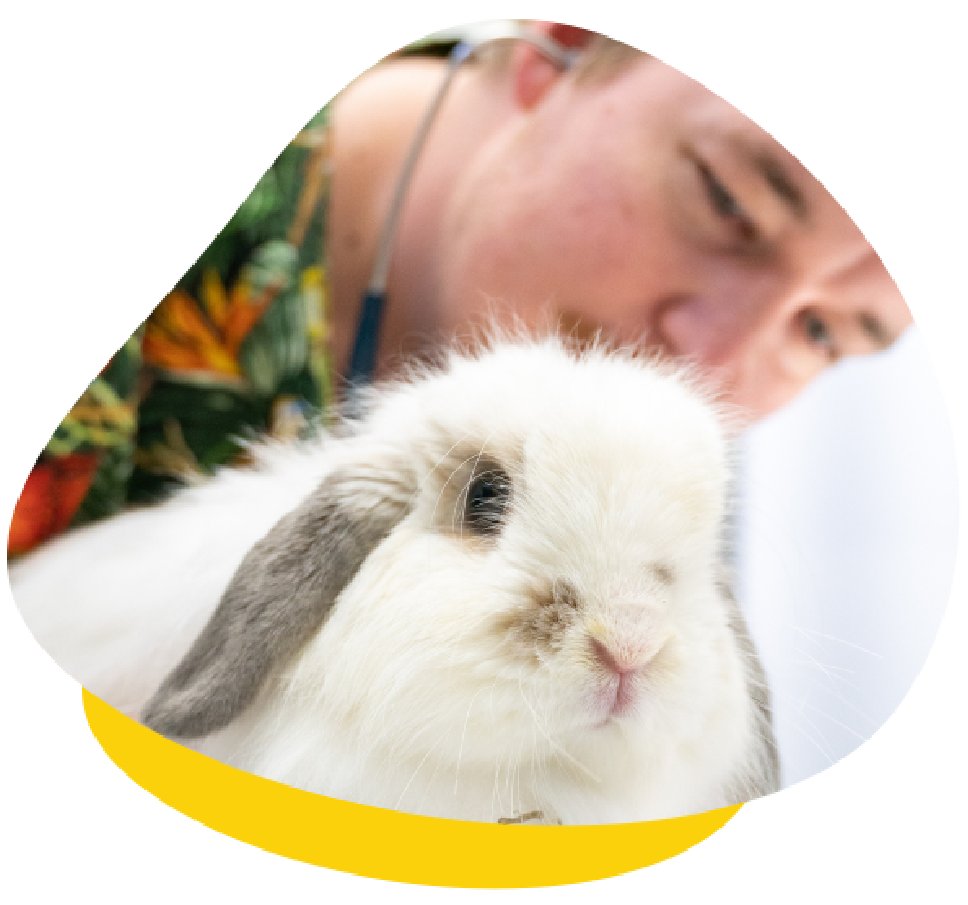
Can You Vaccinate Against Myxomatosis?
Unfortunately, there is no vaccination available in Australia to protect rabbits from myxomatosis. The best method of protection is achieved by housing rabbits inside or in an insect proofed area and controlling insect vectors.
Symptoms of Myxomatosis
Pet rabbits generally present with the classical signs of myxomatosis which include the presence of swollen and oedematous ear bases, eyes and genitals. The chance of survival in pet rabbits once infected is less than 0.1%.
Can You Test for Myxomatosis In Rabbits?
There is no safe and easy commercial diagnostic test in live rabbits for the myxoma virus available in Australia. Confirmation of infection can generally be clinically confirmed from the clinical signs as there are very few other conditions that present this way.
Can Myxomatosis in Rabbits Be Treated?
Treatment of pet rabbits is often futile and poses moral questions regarding protracted suffering. Treatment is very rarely successful and requires full isolation, fluid therapy, pain relief, assisted feeding (syringe feeding and nasogastric tube feeding in later stages) with 24- hour care generally needed.
Disinfection of hutches, food bowls and immediate surroundings is required prior to the introduction of another rabbit. It is difficult to ensure complete disinfection, so it is recommended that you wait at least 4 months before re-introducing any rabbits into your home.
This not only allows reduction of the virus in the immediate environment but also often allows a reduction in the neighbouring wild rabbit populations and insect vectors due to seasonal changes.
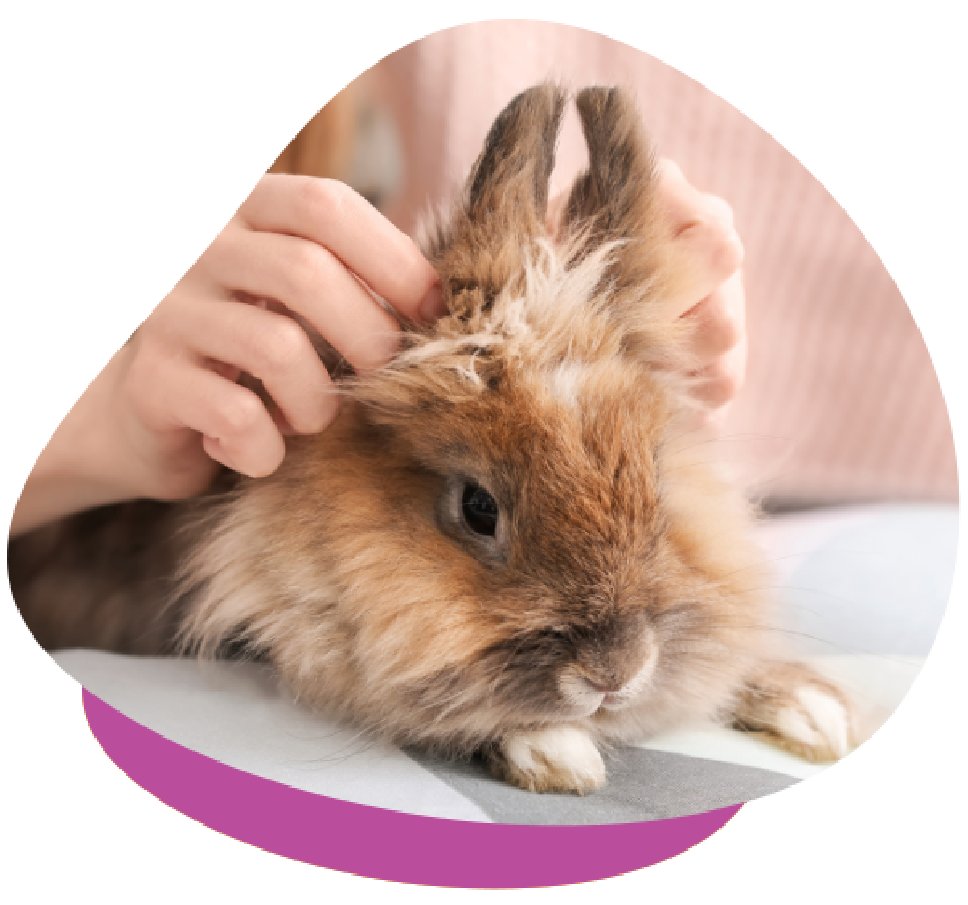
Calicivirus (Rabbit Haemorrhagic Disease Virus (RHDV))
Several forms of calicivirus are present in Australia, with the two main types commonly referred to being RHDV-1 and RHDV-2. Both types generally lead to death in most unvaccinated rabbits.
RHDV-1 infection generally causes rapid deterioration leading to death. RHDV-2 infection can also lead to sudden death however some rabbits can also suffer from a less acute form of the disease where they show non-specific clinical signs such as lethargy, gastrointestinal (gut) stasis and inappetence.
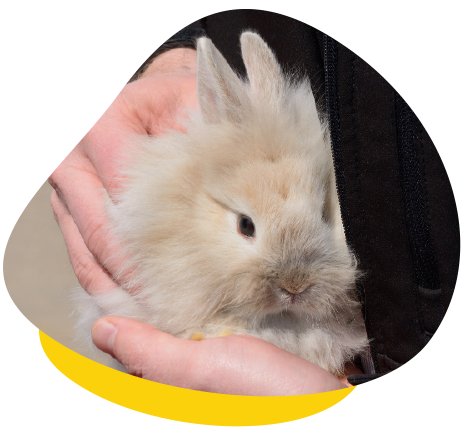
Can You Test for Calicivirus In Rabbits?
There are no commercially available rapid tests available for live rabbits to confirm calicivirus infection however a likely diagnosis can generally be made from a combination of biochemistry and haematology blood testing as well as the history and presenting clinical signs.
Is Calicivirus Contagious?
Calicivirus is highly contagious. It is generally shed in the excretions from an infected rabbit (faeces, urine, ocular, and nasal secretions). It can then be spread to other rabbits by direct contact, or through contaminated objects such as clothing, food, husbandry equipment, and insects.
Can You Vaccinate Against Calicivirus?
Up until August 2022 the only vaccination available in Australia covered against RHDV1; however, it only had weak cross protection against RHDV2.
With the recent introduction of a new and improved vaccine (Filavac®) in Australia, we can now protect rabbits from both the RHDV1 strain and the RHDV2 strain of calicivirus. This vaccine is a game changer in terms of protecting your bunnies better and will provide the best protection we have ever had in Australia.
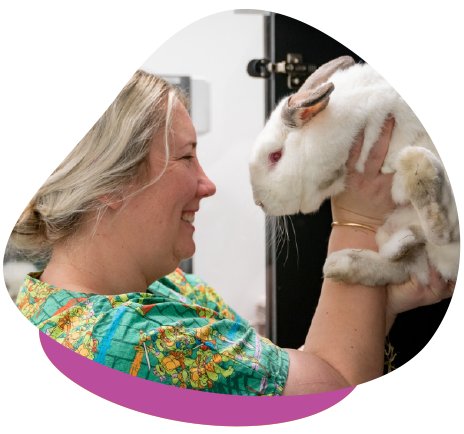
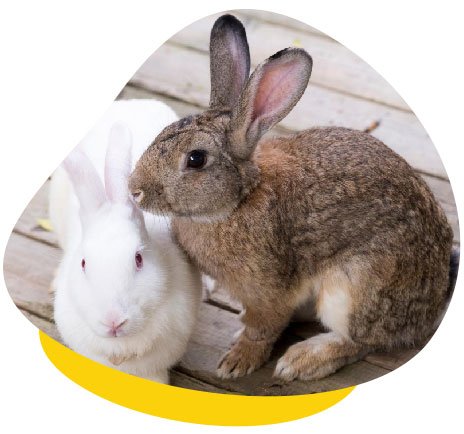
At What Age Can You Vaccinate Rabbits for Calicivirus?
The vaccination can be given to rabbits over 10 weeks of age, with an annual booster required to keep the protection up to date.
Our vaccinations include a full health and dental check-up and can be performed on any day we are open.
If you would like to make an appointment or you have questions regarding your rabbit’s vaccination status, please give us a call or make an appointment online.

